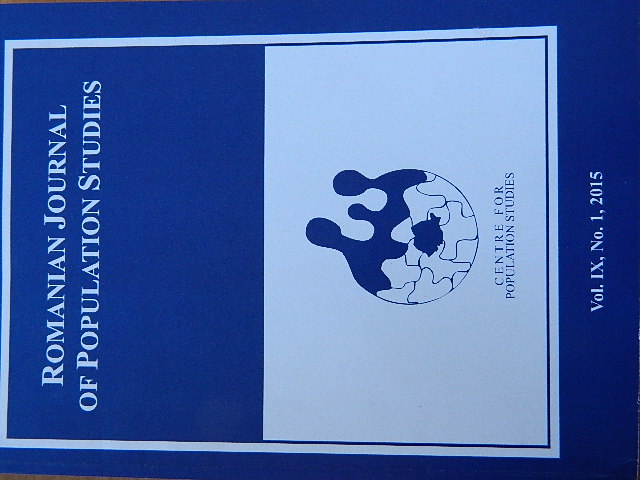Maternal health
Maternal health and infant mortality in rural Transylvania.
A case study of Vlăhiţa and Căpâlniţa, 1850–1939
Author(s): Levente PakotSubject(s): History
Published by: Centrul de Studiere a Populaţiei
Keywords: infant mortality; maternal depletion; Transylvania; death clustering
Summary/Abstract: The present study examines the relationship between maternal health and survival chances of infants in two transylvanian mountain villages called Szentegyházasfalva and Kápolnásfalva (in Romanian: Vlăhiţa and Căpâlniţa) in the period between 1850 and 1939. The investigation is based on the multivariate analysis of individual level and longitudinal data reconstructed from parish registers. As indicators of maternal health status we used the informations about the mother's age at childbirth, the length of previous birth intervals and the proportion of older siblings who died in infancy. Neonatal and postneonatal periods were analysed separately. According to the results, survival chances of the newborn strongly depended on the mother's health status. With the increase of the length of previous birth interval the survival chances of infants improve significantly. A serious risk factor of neonatal survival was the proportion of the mother's previously born children who died in infancy. Furthermore, the phenomenon of infant death clustering has also been confirmed. The death clusters predominated around the time of childbirth and in the neonatal period which shows the endogenous nature of the underlying factors. This evidence makes it plausible that maternal health played a role. Keywords: infant mortality, maternal depletion
Journal: Romanian Journal of Population Studies
- Issue Year: 9/2015
- Issue No: 1
- Page Range: 5-24
- Page Count: 20
- Content File-PDF

